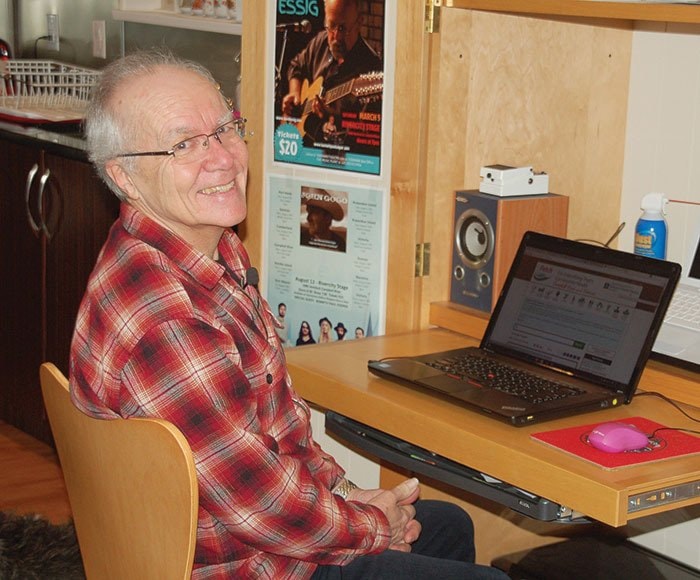The Campbell River and District Division of Family Practice has launched Year Two of “FETCH,” a community web-based resource that helps the public and health care providers access comprehensive information about community health and social services in the region.
FETCH (For Everything That’s Community Health) is an online, public, user-friendly, searchable website at: campbellriver.fetchbc.ca. Starting Feb. 12, Shaw’s Ch. 4 will air a feature on this valuable community resource.
FETCH Coordinator Julie Collis says: “The FETCH website is an easy, searchable database with valuable information on services for seniors, youths, children, early years, first nations, mental health and substance use.”
Fetch, launched last summer, lists more than 235 health and social services and community resources. There were more than 150,000 visits to the website as of January 31st, about 22,000 hits per month.
One of its users, Campbell River retiree Ken Cooper says: “What I like about FETCH is that it weaves together the threads of the different services within the community for a range of people who live here.
“FETCH is a one stop shop that allows me to look up community health services and to see if I am missing out on important or pertinent services that may provide the support I need.
“Fetch works for everyone in our community - from someone having a baby, to young families, teenagers, adults and seniors.”
As well, the website includes information about mental health and substance use services, early years’ programs, home care support, services for First Nations peoples and more.
When the site was being developed the Division heard that heal th care providers did not always know about support services that could benefit their patients. It also realized that navigating these services could be difficult for the public. “FETCH aims to improve the patients’ experience of navigating the system, and to contribute to meeting their overall health needs,” Collis says.
